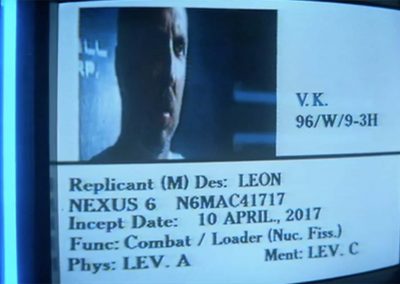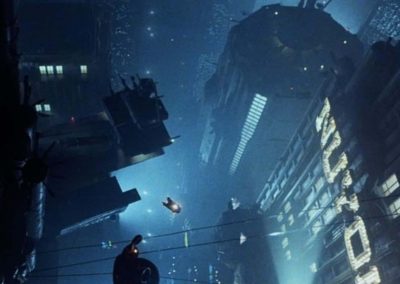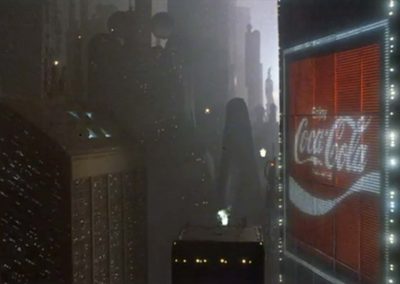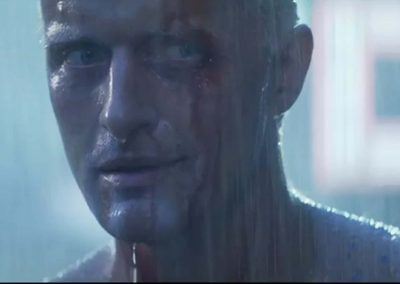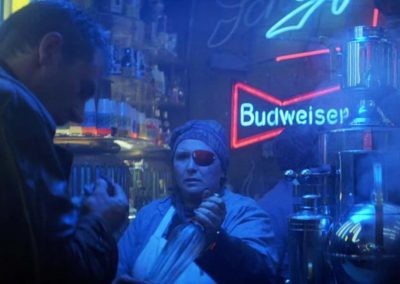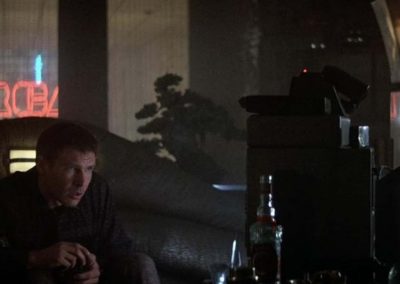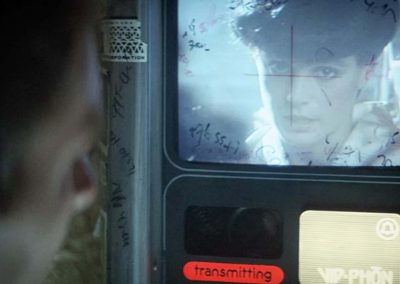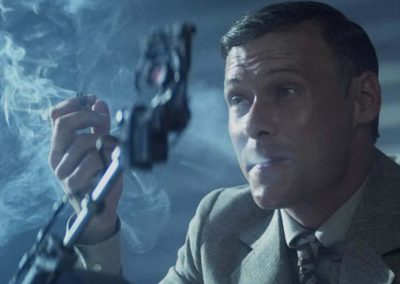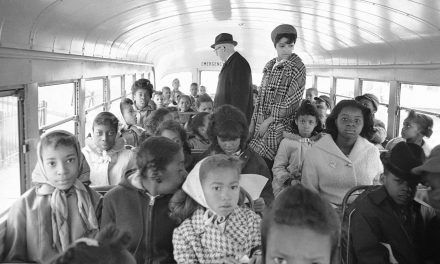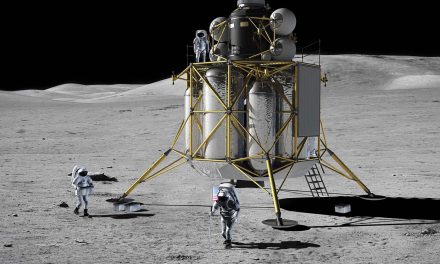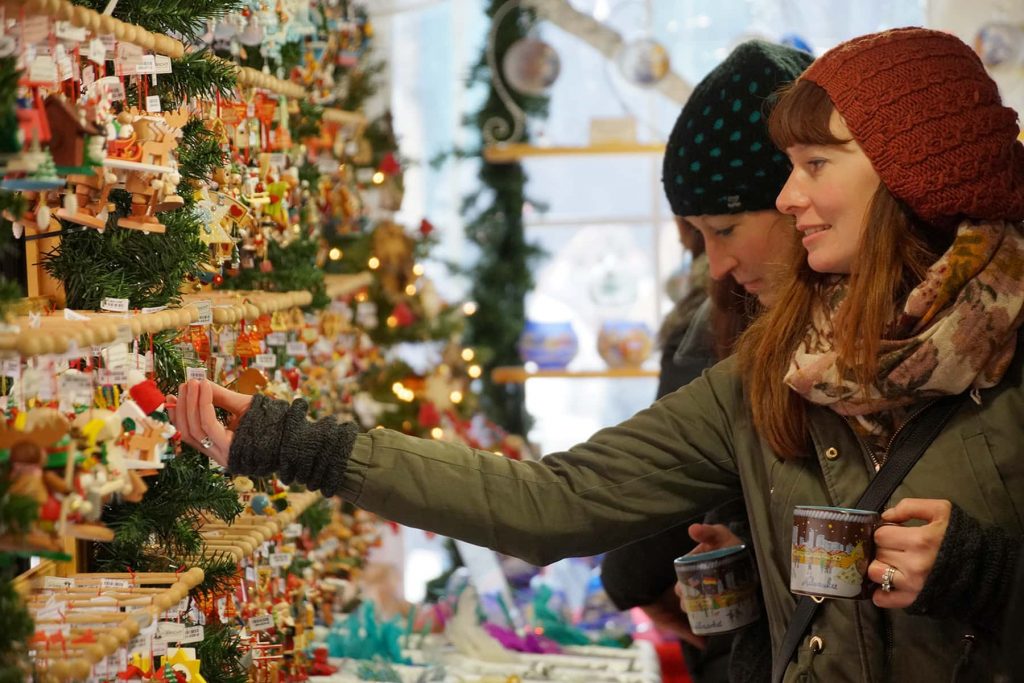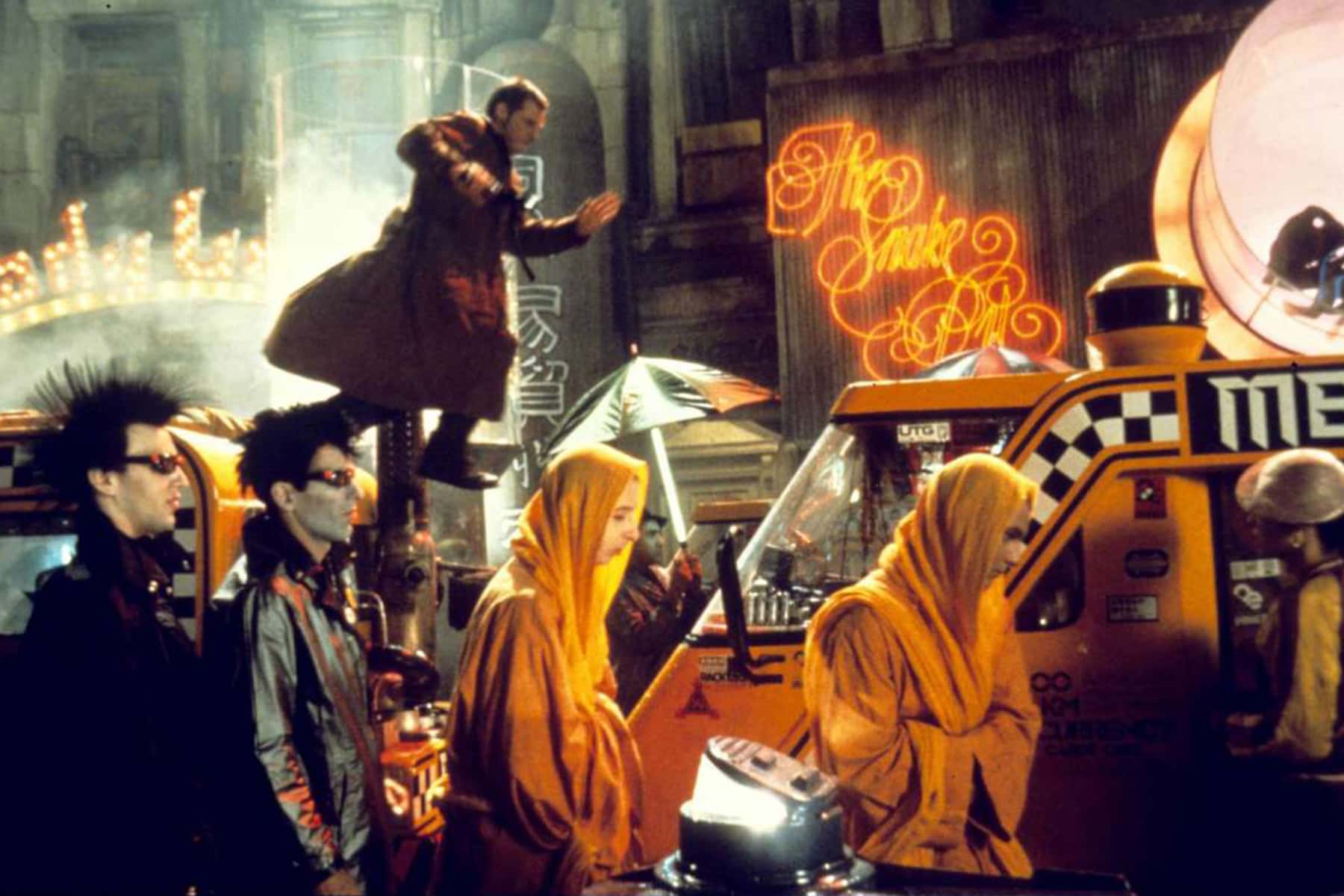
Going back 37 years ago, “Blade Runner” offered a bold vision of the future.
Ridley Scott’s beloved sci-fi movie, loosely based on a Philip K. Dick novel, tried to predict what life would be like on Earth in 2019. It presented a dystopian, industrial version of Los Angeles with dreary weather, humanlike robots and people living in outer space colonies. In other words, not quite accurate. But the movie is specifically set in November 2019, so a lot could still change in 11 months. Here is what the original 1982 ”Blade Runner” thought our society would be like in the year ahead, and how well its predictions turned out.
We would have human-like robots called replicants – Verdict: Not there yet
Harrison Ford’s character, Rick Deckard, is tasked with tracking down rogue replicants – robots who look and act like humans – and retiring them. The replicants are highly intelligent and so lifelike that authorities cannot tell them apart from real people and identify them by gauging their emotional response to questions. Researchers are vying for a future with lifelike robots — maybe even “Blade Runner’s” artificial animals like Tyrell’s owl or Zhora’s snake. Some labs are even trying to build sophisticated sex robots like the Pris, the movie’s “pleasure model” replicant. And computer scientists have made huge leaps in developing machines – like IBM’s Watson – with artificial intelligence. But nothing is close to being mistaken as real people.
We would travel in flying cars – Verdict: We have them, sort of
What’s a sci-fi movie without a flying car? In “Blade Runner” Deckard climbs into a “Spinner,” a police car that can take off vertically like a helicopter and fly like a plane. We are still many years away from commuting to work in flying cars, but prototypes for the machines do exist.
We would be seduced by digital billboards – Verdict: Yes, that’s our world
The Los Angeles of “Blade Runner” is full of blinking electronic billboards for Coca-Cola and other products. Just look at today’s Times Square, where standard billboards with splashy photos are child’s play next to ones that scroll and flash and play videos. Some billboards offer to post your selfies, while others target you with ads as you drive by.
Our climate would be miserable – Verdict: Things are not that bad, but scientists agree our climate is getting worse
It rains a lot in “Blade Runner.” Like a lot a lot. And it’s dark and dreary, all the time. Dick’s novel and the movie suggest this is because of rampant industrial pollution and radioactive fallout from a nuclear war. Scott, the director, has said it was more to hide flaws in the movie’s sets than anything else. With its references to off-world colonies – where humans get “a chance to begin again in a golden land of opportunity and adventure” – “Blade Runner” was ahead of its time in introducing the idea that there are consequences to humankind’s actions on Earth. While we have not colonized another planet yet, billionaires like Elon Musk and Richard Branson are working on alternative ways to get us into space.
Companies like Pan Am and RCA would still be around – Verdict: Mixed. Several iconic brands featured in the movie do not exist anymore
Others have been reinvented. RCA was swallowed by Sony Entertainment, and the Bell Telephone Company is now AT&T. But “Blade Runner” bet right on the longevity of Coca-Cola, Cuisinart, Budweiser, and Tsingtao.
We would talk to our computers – Verdict: Nailed it
“Blade Runner” showed us that one day we would tell computers to do what we wanted. In one key scene, Deckard uses verbal commands to instruct a machine to zoom in on a photograph. Thanks to voice recognition technology, we now we have computers of all sizes to command. “Hey, Siri, set a reminder to take the trash out at 5:00 p.m.”
But we would go into phone booths to make video calls – Verdict: Way off
Yes, Deckard can make a video call in 2019. But he must use a public phone booth to do it. “Blade Runner” seems to have totally missed the rise of smartphones. And, the movie did not anticipate the disappearance of pay phones.
We would smoke like chimneys at our workplaces – Verdict: Not likely
In the opening moments of the movie, a blade runner puffs a cigarette as he conducts a test on one of the replicants. The room is thick with smoke. This sure doesn’t look like 2019, where indoor smoking is banned almost everywhere. It is a minor detail, but one that makes the film seem more dated than futuristic. Maybe Ridley Scott just liked the atmospherics of shafts of light piercing the hazy darkness.
We may not have replicants and flying cars, but in many ways we live in a far more futuristic world than Blade Runner’s creators could have envisioned.
Kеndаll Trаmmеll
Warner Brothers
A version of this was originally published as What ‘Blade Runner’ got right and wrong about 2019

